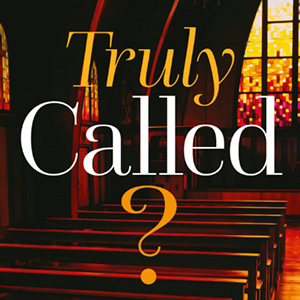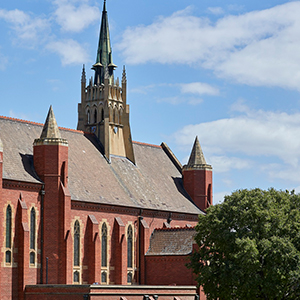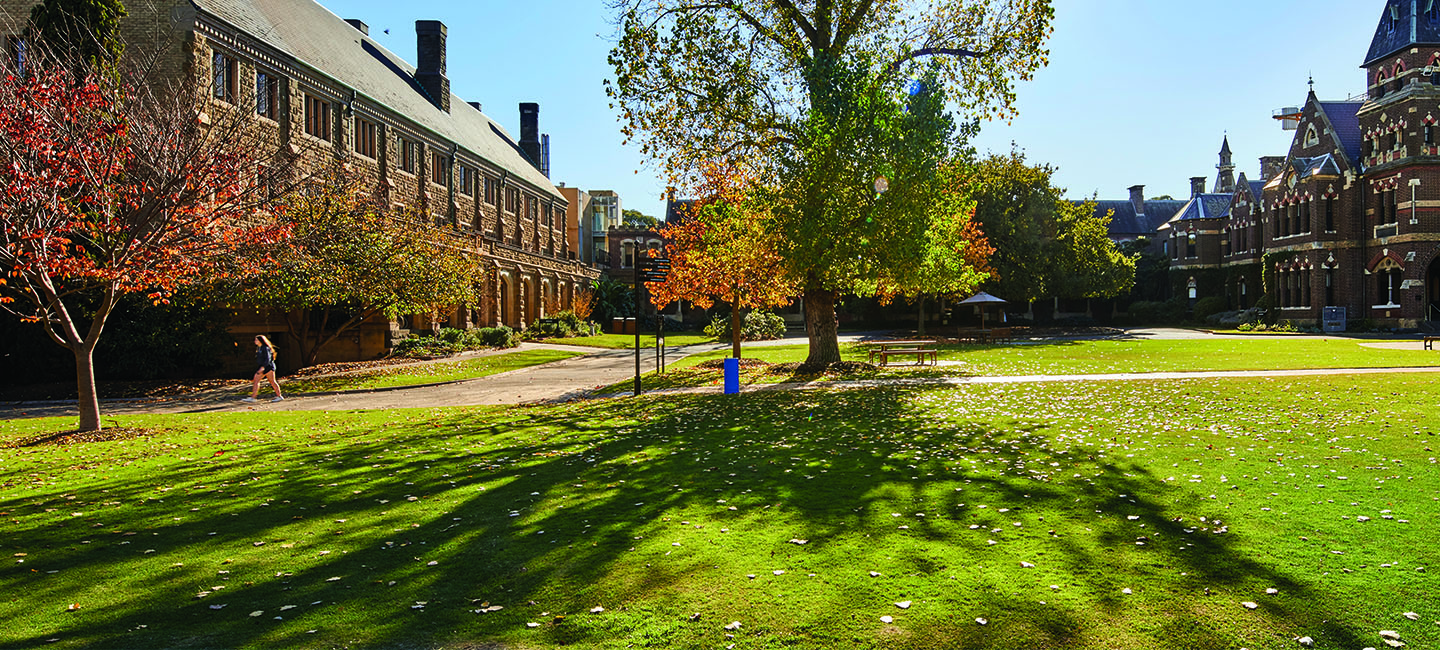


Eighty-six years ago, in preparation for the 1937 Faith and Order Conference in Edinburgh, Karl Barth wrote a short but profound treatise on the topic ‘The Church and the Churches’. The substance of the text was to address how Christians might listen together to the voice of Jesus Christ, and to seek in him the one ground for the una sancta…, in the self-evident context of a variety of ecclesial and theological traditions. What, he wanted to ask, is the relationship between the one Church – the holiness, catholicity, and apostolicity of which we confess week after week – and the multiplicity of the churches, in which the confession, worship, and following of Jesus takes place severally, differently, and sometimes even contradictorily?
As I sat on the floor of our national Church’s General Synod in early May, I had cause to ask myself the same question.
Because, at times during our deliberations, I wondered if we Anglicans do not also face the same issue: what is the relationship between the one Anglican Church of Australia, and the multiplicity of theological and ecclesial perspectives within it, that sit so frequently uncomfortably alongside each other?
When a Church seeks not only to worship Jesus in a multiplicity of ways, but also defines discipleship in equally as many ways, are we still the one Church? No more sharply was this question put than when, on the final day of the Synod, the delegates voted to not vote on a motion on ‘Being the Body of Christ’. Why did we not even vote? Because as Synod representatives we could not even decide whether to start with a statement of inclusion, or begin instead with a statement of exceptionality.
The truth is, despite us having more in common than in difference, the things on which we differ tend to be felt more viscerally.
Tragically, there is often more fervour amongst us Australian Anglicans for the matters about which we disagree (marriage equality, lay presidency, the ordination of women, etc…), than there is for those many other matters on which we find ready consensus (the Trinity, the resurrection, Jesus’ atoning death, etc…).
One response to this state of affairs is often to recite to ourselves and to each other the truism, ‘unity in diversity’; that we remain one, even in our difference. There is, of course, much to affirm in what that says, and more than a handful of Scriptural justifications for it: Ephesians 2, Galatians 3, 1 Corinthians 12 all leap to mind, as does the motley collection of Jesus’ disciples – fishermen, tax collectors, political revolutionaries – who nonetheless formed a single community around him.
I cherish this truth, and rejoice in a gospel that joins the most unlikely of people together, radically relativising their differences yet not removing them. And yet our debates at General Synod, notwithstanding their generally respectful tone, demonstrated that even that noble principle of ‘unity in diversity’ can be contested.
Perhaps the saddest thing has been to encounter disagreement over the ground of our unity.
How can we fully flourish in our diversity, if we don’t even agree on the basis of our oneness? That the various ‘sides’ in all of this believe firmly in their own fidelity, and thus in the others’ infidelity, underscores Karl Barth’s point about the missional tragedy that is the consequence of our disunity: that ‘the comparison of faith with faith [is] a menace to faith itself’.
So, where to from here?
Can we move forward together as one Church, even if we are a Church that is, in the words of one Metropolitan, in a ‘perilous’ condition? Can we move forward together as one Church, when the prophetic woes of Isaiah 5 have been publicly proclaimed on the Synod floor against fellow members? Perhaps we can – but if we are to do so, then we will need to take with far more gravity what Anglicanism’s much-vaunted and much-loved via media actually says.
It seems to me that, far too frequently, we understand this middle way incorrectly, as though it were a second-best compromise position between two warring extremes. Thinking in these terms, to take this via media is thus to reluctantly accept a concessional space that neither side actually wants.
The inevitable result is resentment, and – ironically – a renewed emphasis on the extremes that have been foregone. In fact, however, that is not what our via media represents. Taken initially from Aristotelian ethics, the via media in fact refers to the ‘golden mean’ – that space which is a more perfect expression of truth, between the weaknesses of the extremes. Without denying that there is always truth to be found at the edges (for where else did Jesus himself inhabit?), the via media properly understood acknowledges the better truth which is to be found in the centre. In other words, an authentic adoption of Anglicanism’s via media is not a grim-faced and unwilling adoption of a compromise, but rather a joyful embrace of the better truth that more perfectly embodies what our own preferences only imperfectly express.
What, then, might this via media be?
To what might we, in all our (sometimes angry) diversity cling together, not as a concession but as a genuine ground of unity in the midst of our differences? The answer is both simple and yet striking – and it is a person, not a thing or an idea. Jesus Christ. As Dietrich Bonhoeffer put it in the summer of 1933, ‘Christ is the centre that I have regained.’
By being the sole mediator between ourselves and God – and between our old and new selves – he is thus the centre of all things, and all people. To paraphrase St Paul, Jesus stands where the dividing wall once stood, and so becomes the bridging unifier between previous antitheses – Jew and gentile, male and female, slave and free…As Anglicans, we might rightly say, then, that Jesus Christ is the via media – not as a concessional or compromise space, but as reconciling mediator who is in himself the perfect truth towards which our extreme positions can only, even in their respective fidelities, imperfectly point.
To return then to Barth’s question, which is also ours: what is the relationship between the Church and the churches; between the one Anglican Church of Australia, and the multiplicity of often angry contradictions within it?
The relationship is – can only be – Jesus Christ; our via media, our centre.
To acknowledge this – to acknowledge him – will not, of course, end our disagreements and at-times fractious debates. To acknowledge this will not, and ought not, end our dialogue. But this is the only place to start, if we have any hope of moving forward together as one.
By the Revd Professor Mark Lindsay
This article first appeared in The Melbourne Anglican
Related News
-
News & Stories
- Our Theological School Student President's mission to champion a spiritual and welcoming environment
- Jack reaps the rewards after taking a leap of faith on Trinity College
- Trinity alum named in King's Birthday Honours 2025
- Trinity Deputy & Academic Dean appointed Fellow at Center of Theological Inquiry
- Meet Trinity's aspiring art curator Seb Moore
- Trinity College offers its congratulations to newly elected Archbishop of Melbourne, the Right Reve
- Events
- Art
- Music & Choir
- Campus Development Projects
- Visiting Scholars & Lectureships
- Accommodation for Visitors
- Short Programs
- Work at Trinity







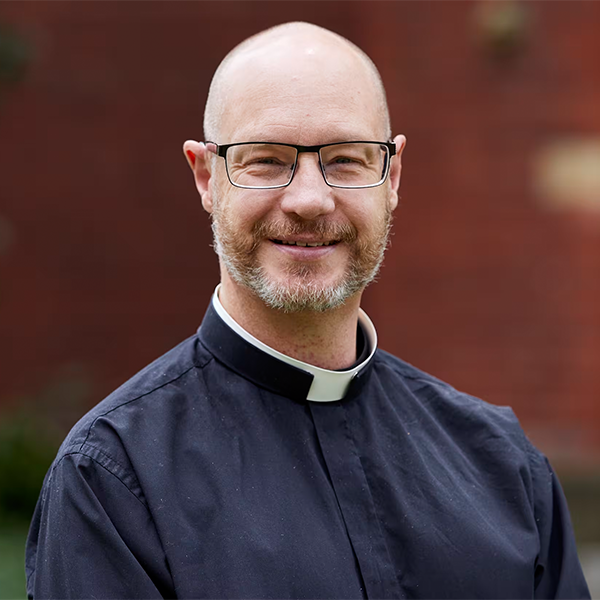

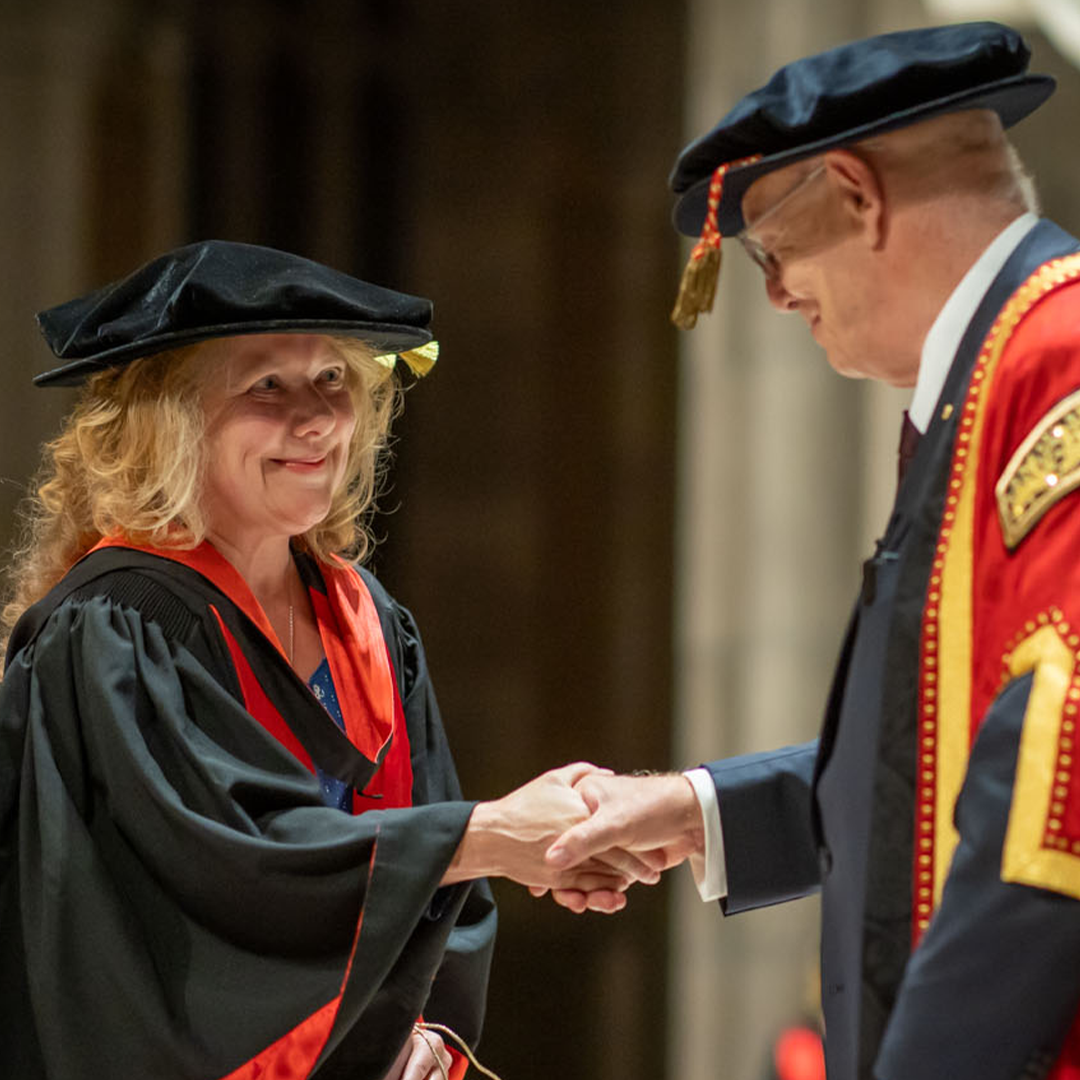
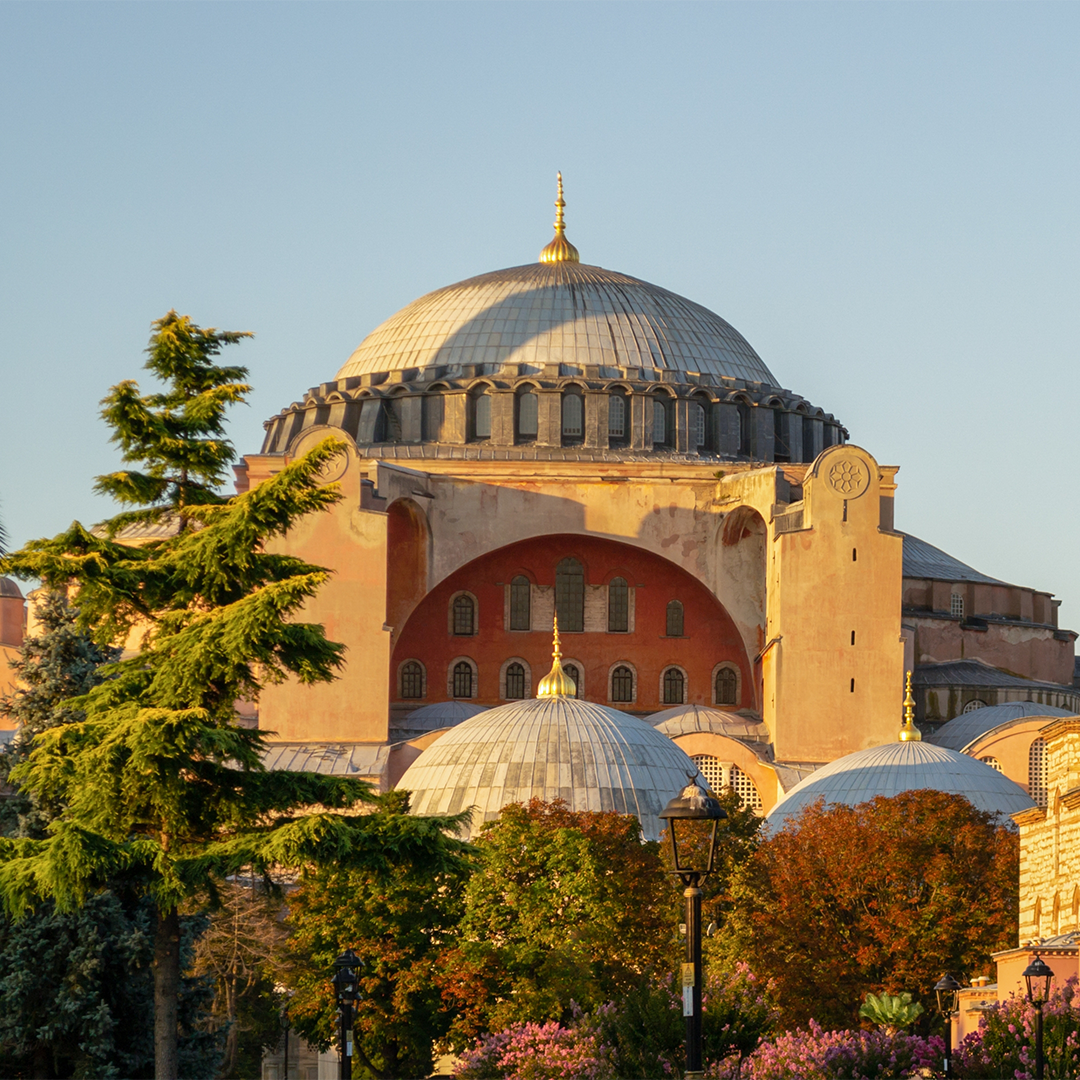
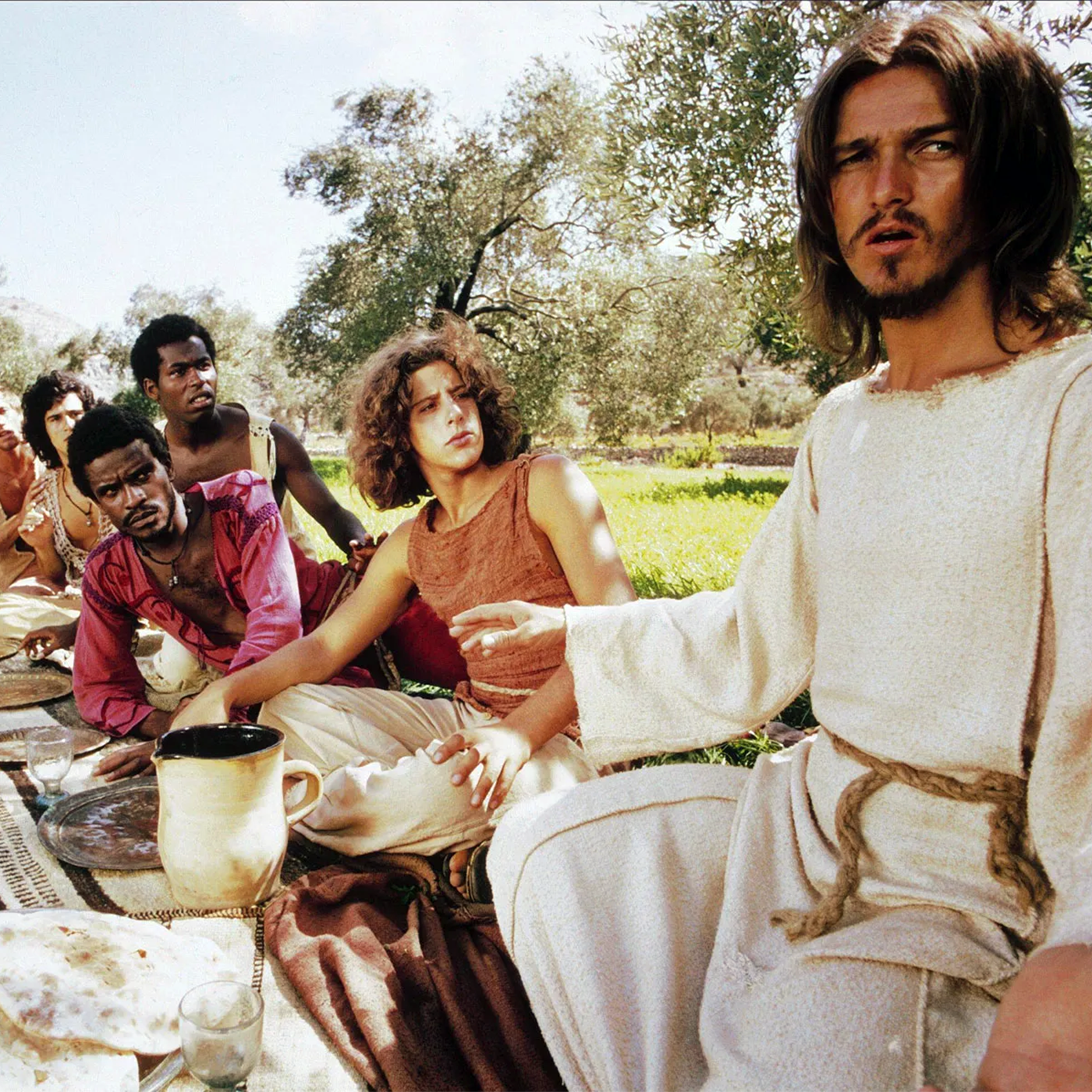

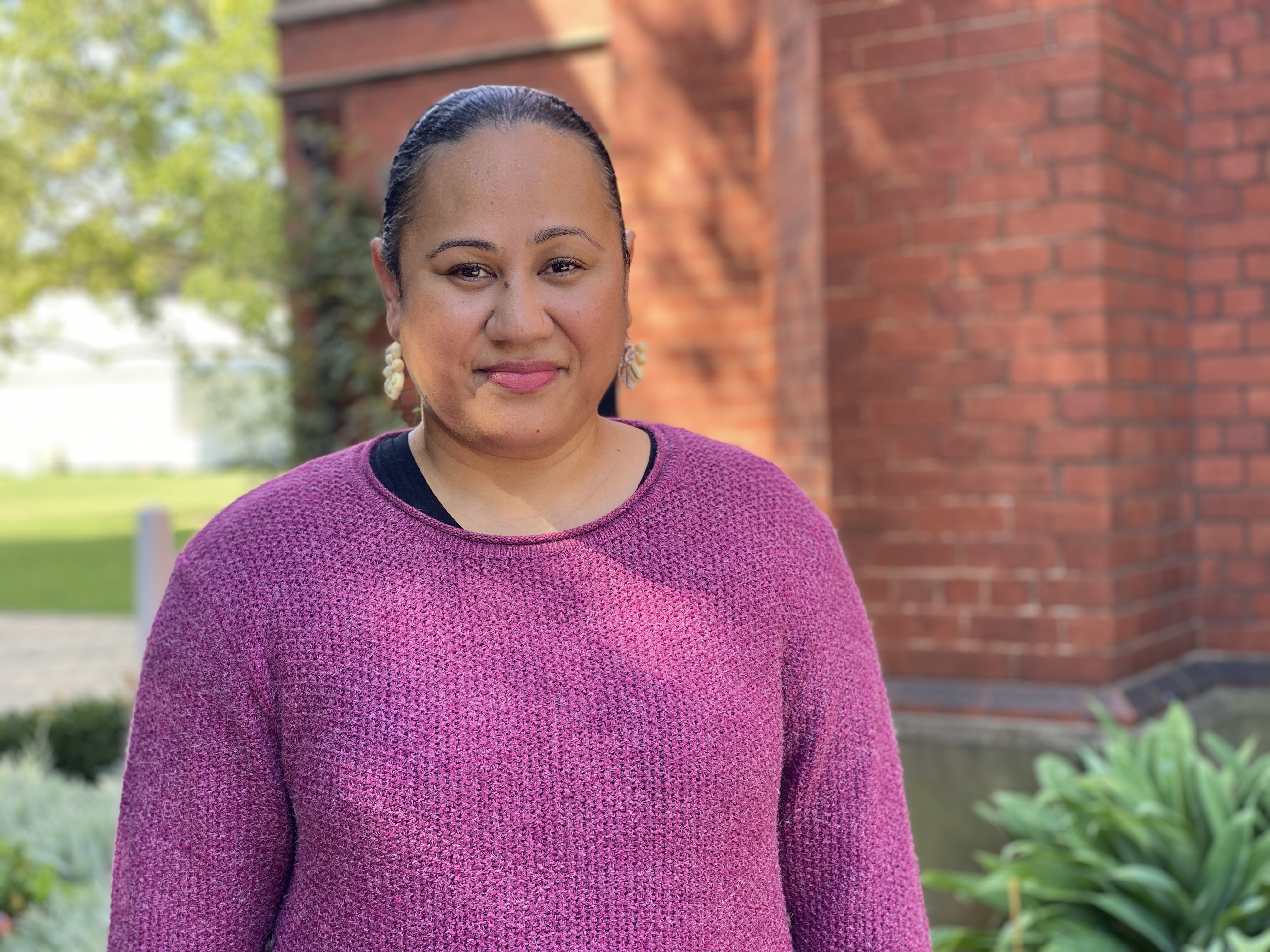



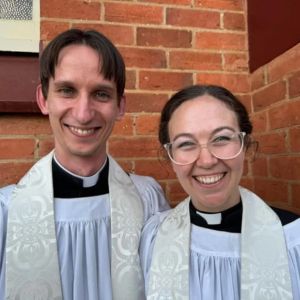.jpg?width=300&height=300&ext=.jpg)



